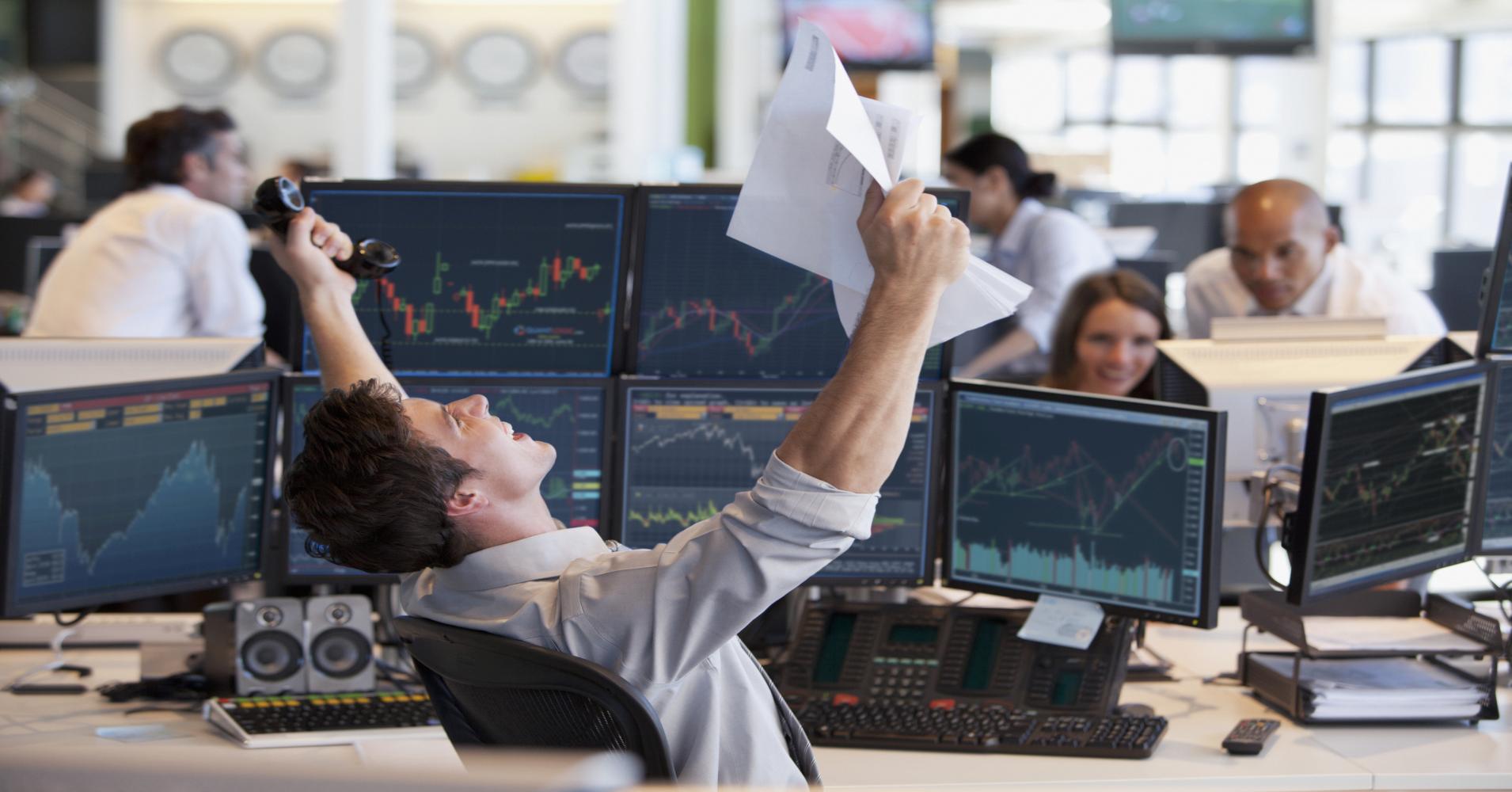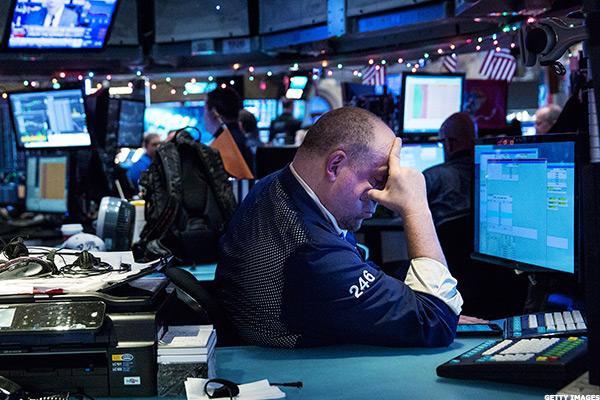
Reblog: The 7 Brutal Truths: Why You Should Not Be a Trader
Let me ask you…
Why do you want to be a trader?
You want financial freedom.
You don’t want to answer to anybody.
You want to be your own boss.
You want to make money.
You want a passive source of income.
Now you’re probably wondering:
“Is it possible to achieve all these from trading?”
Good question.
Then you’ll want to read every single word in this post because you’ll discover the myths, the possibilities, and most importantly… the truth about trading.
You may be surprised at what I’m about to share with you.
So if you’re ready… then let’s begin.
#1 You’re trading for passive income











